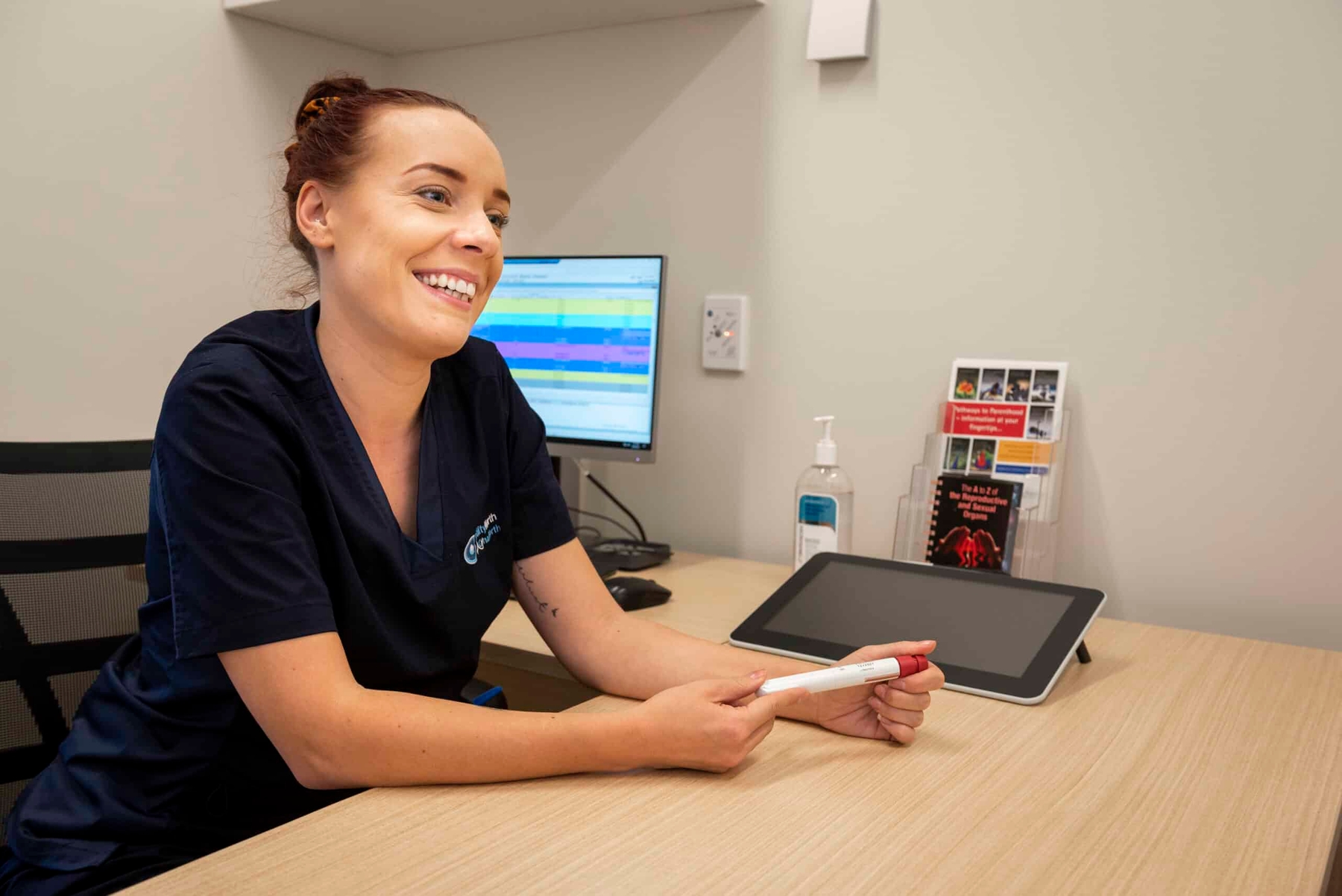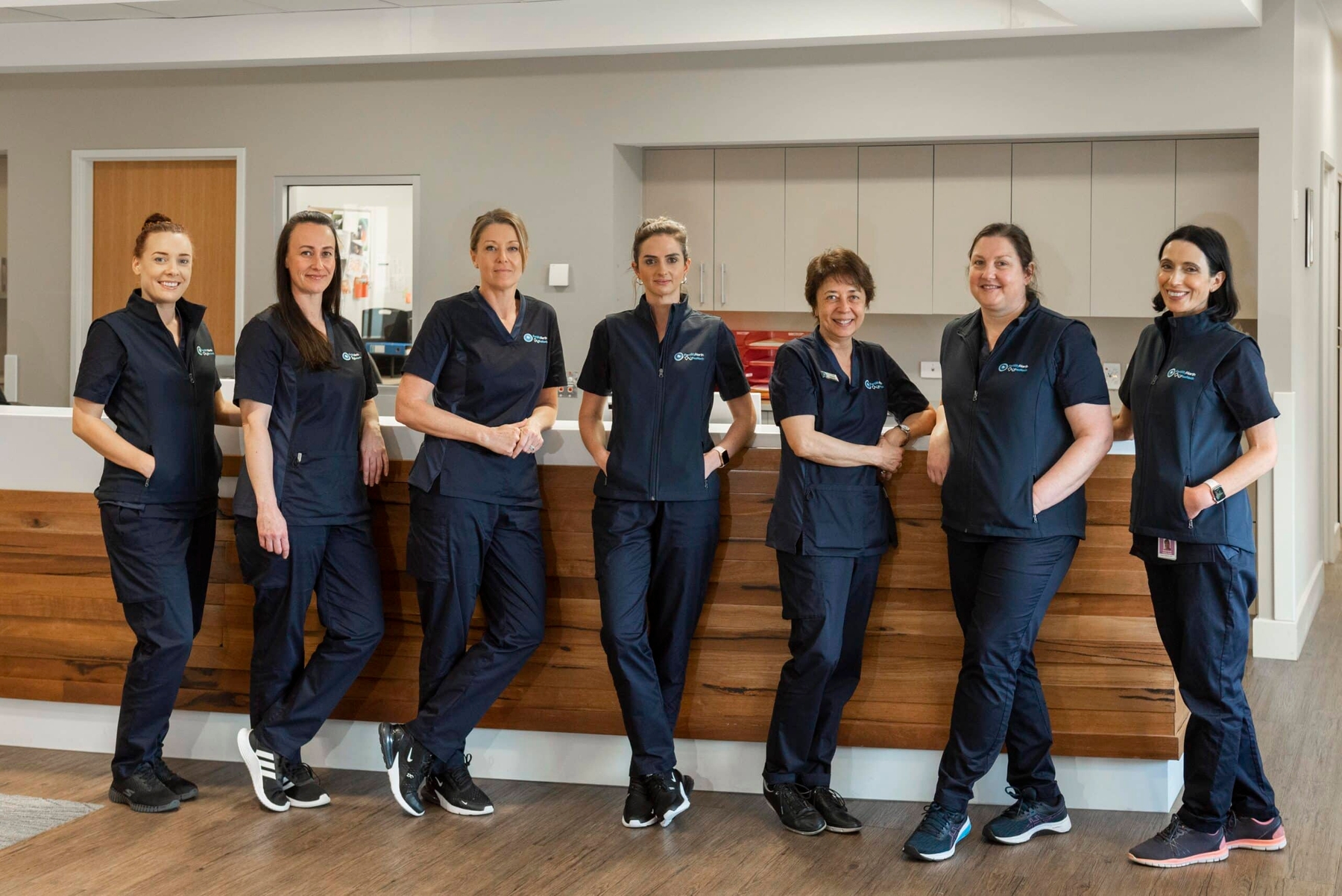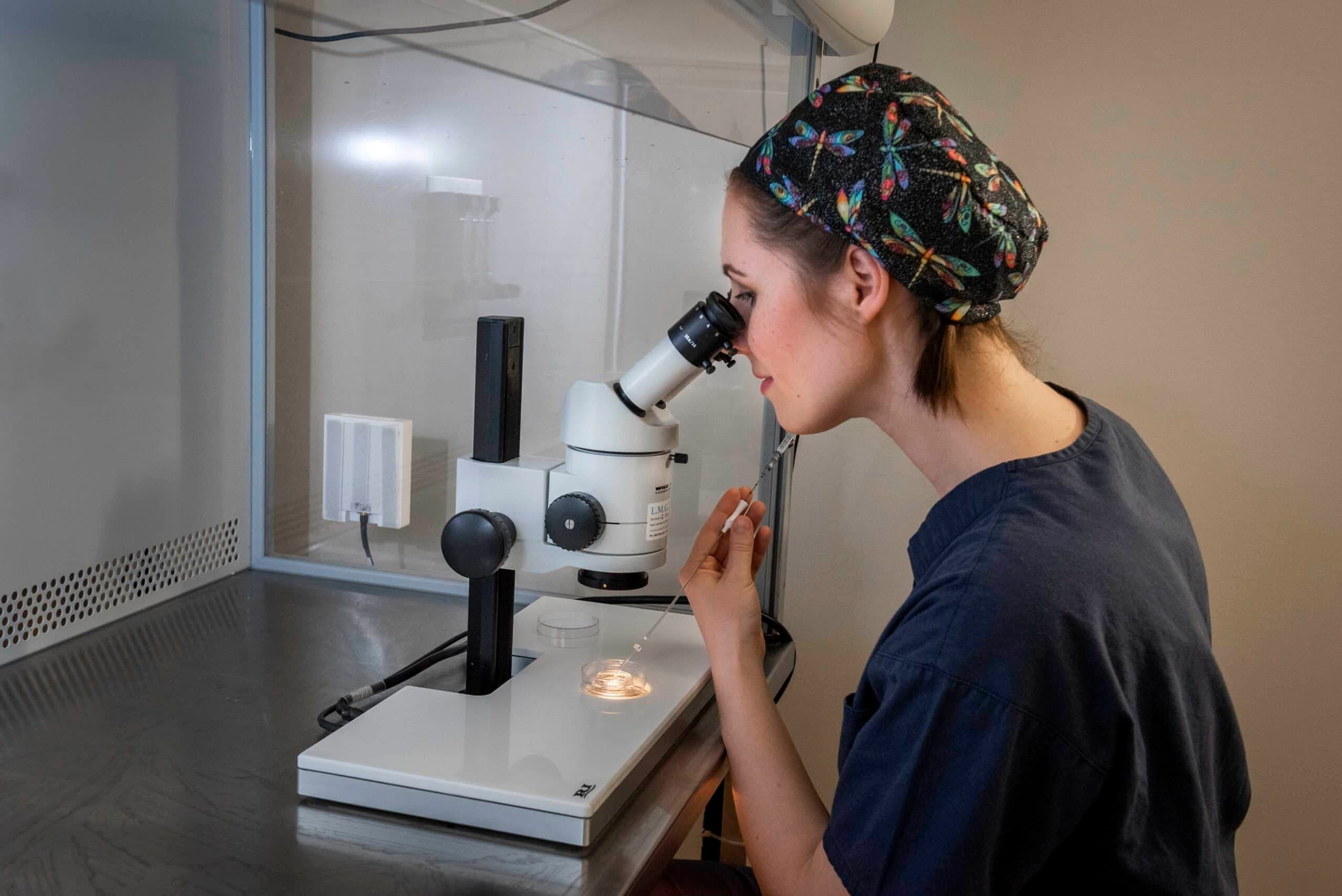Resources
Still Hope For A Natural Conception

It is good medicine to identify and treat the cause of diseases rather than treat their effects. Infertility, though often considered as a stand-alone diagnosis, in reality is an effect of disease, and the causes cannot be overlooked during the treatment process.
To understand the management of infertility, it is helpful to look at the statistics of fertility.
When exposed to the chance of pregnancy, a fertile woman under 35 has about a 20 per cent chance of pregnancy per month. Couples with infertility have a lower chance of pregnancy, and the longer they have been trying to conceive, the lower the chance becomes.
The chance of pregnancy in both fertile and infertile couples from an IVF cycle in women under 35 years is about 50 per cent. Because of this increase in the chance of pregnancy with IVF, it is not difficult to convince couples that IVF is the best option; in fact, they often come requesting it.
However, by treating the underlying causes of infertility, medical professionals can help many couples to achieve a pregnancy the ‘usual’ way, which is less stressful, more fun, less expensive, and all-over preferable.
Treating the cause, not the symptom
To achieve pregnancy you need eggs, sperm, a womb, no blockages in the reproductive system connecting them, and no diseases interfering in the process. A fertility assessment looks at these fundamentals to try to identify reasons for the delay in pregnancy.
The first point of treatment should then be therapy targeted at the cause.
For example, 30 per cent of women have an abnormality of egg production (ovulation) identified. The problem is that eggs are not being produced when expected, if at all.
In most cases, fertility drugs can help to successfully release the eggs, which would bring women in line with the expected pregnancy rate of 20 per cent, though a few treatment cycles may be necessary.
Then we consider blockages. Whilst ultrasound scanning can check normal female reproductive anatomy, testing for blockages is not so simple. Techniques such as ultrasound (HyCoSy) or x-ray (Hysterosalpingogram) involve injecting fluid into the womb and looking to see if it has flowed through the tubes connecting the womb to the ovary.
The alternative is to use a blue dye and a keyhole surgery technique called laparoscopy.
Endometriosis
Endometriosis is a common cause of infertility found in as many as one third of infertile couples.
In fact, in couples who have no symptoms and a normal fertility assessment, more than 50 per cent are found to have endometriosis at laparoscopy.
You may ask; why bother with laparoscopic investigation or surgery to treat tubal blockages and endometriosis when IVF can circumvent these conditions? Other than being more affordable, the risk of serious complications from a laparoscopy is far less than the risks associated with the high-level hormone therapy required for IVF. Ovarian-hyperstimulation Syndrome is still a serious concern for everyone undergoing IVF.
Endometriosis removal also offers patients the chance to conceive the old-fashioned way, which is preferable for every couple.





